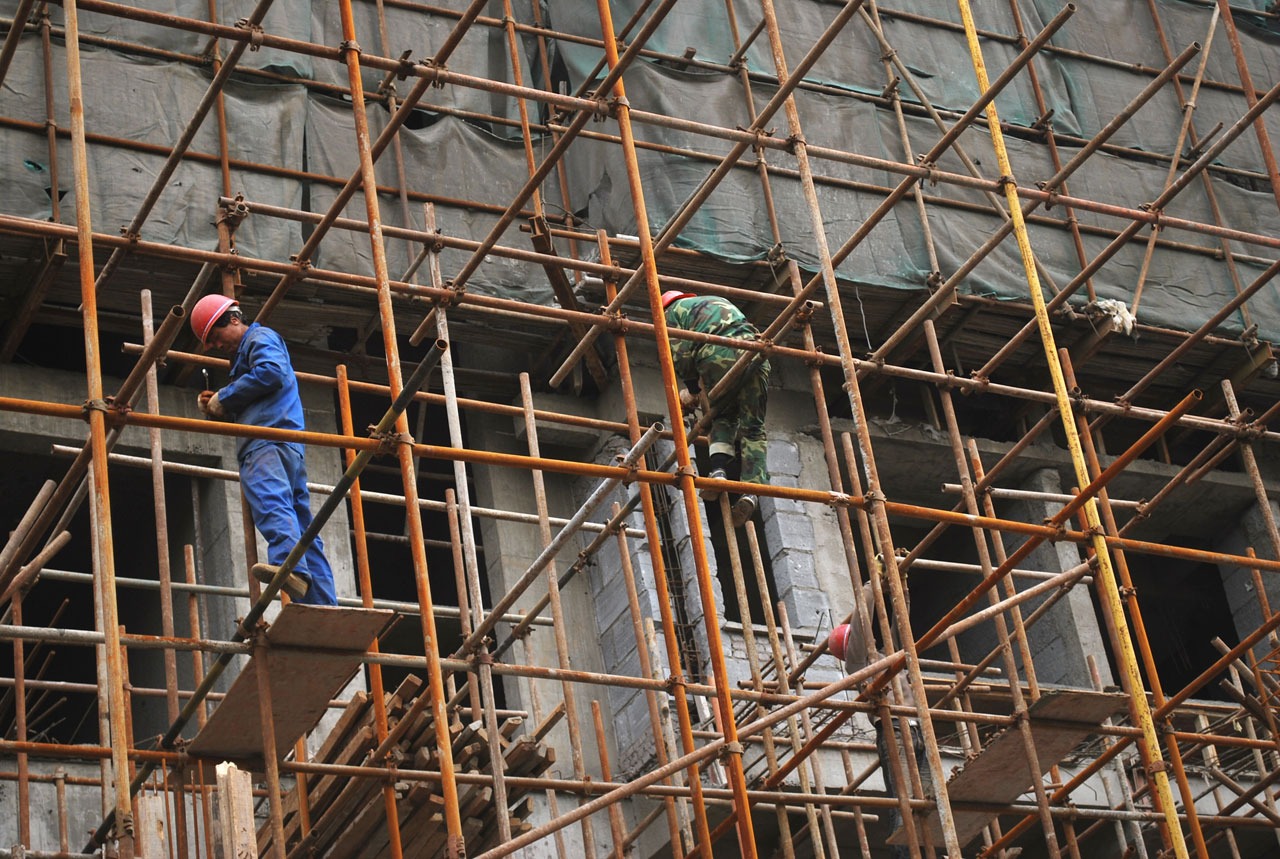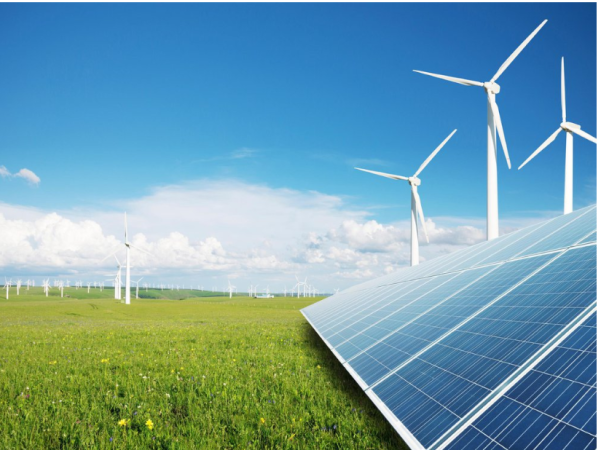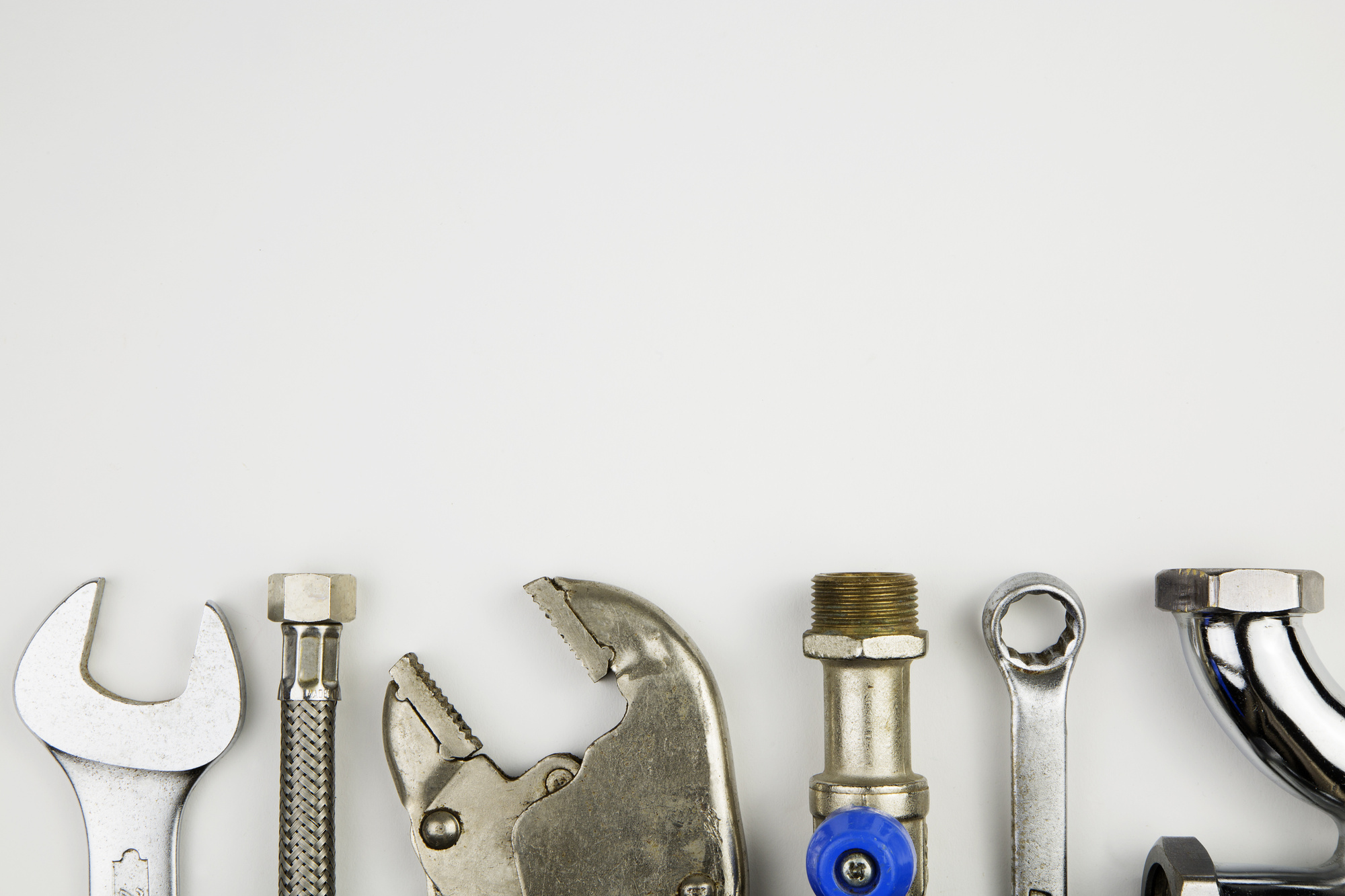The U.S scaffolding industry is a multi-billion dollar industry. Scaffolding systems have developed over decades including the use of strong and lightweight materials. Innovations in the design of scaffolding systems have created a large market full of choices.
Buying scaffolding is a really important decision. Your scaffolding system is the foundation on which you will carry out numerous construction activities. Mobility, strength, speed of setting up, and setting down are just a few considerations.
You might be tempted to think that buying your scaffolding ought to be a simple matter. In this article, we’re going to give you some practical advice about what to look for when buying your system. You’ll be glad you read through this information because like the construction industry itself, there are always surprises and things that can go wrong if not carefully planned.
Don’t Be a Fake Builder
As a skilled builder or professional in the construction industry, you know that using inferior materials is a short-sighted approach. True, it will save money and the job will get done. But in the end, the quality of the work will speak volumes and affect your brand and reputation.
The same principle holds true for scaffolding. There are strong, well-designed, reputable scaffolding systems on the market for which you expect to pay a reasonable price. Then, there are numerous ‘copies’ made from inferior materials but claim to be as good as the rest.
If you try to cut corners on quality because you think that scaffolding is only temporary, you’ll soon realize it’s like trying to paint an oil painting with a roller brush. You need quality tools for a quality job.
Technical Design Saves Time
Along a similar vein is that high-quality scaffolding systems are cleverly designed to save you time. The adage, time is money, is often quoted in numerous industries. It certainly is true when that industry involves being outside.
When you look at what’s on offer, consider how the design of the scaffolding enables quick construction. A good example is the use of pump jacks. Think about how the interlocking systems offer flexibility in their setup and at the same time create strong stability.
Cheap systems will give you access to the building but they will be more awkward t use and more time-consuming getting the setup right for the individual job.
Integrated Accessibility and Safety
Bottom line is that scaffolding is a dangerous place to be. Mobility on the scaffolding is important, so there needs to be adequate space while at the same time offering sufficient structure so as to protect the workers.
When workers are stationary, they are more likely to be safe. When they move from one level to the next, then they are more likely to be at risk of tripping and falling, or dropping something on someone below.
Some of the best scaffolding systems will take this into account. For example, lightweight integrated ladders made from strong materials such as aluminum help to provide access but reduce clutter and trip hazards.
Trace and Replace
Make sure the scaffolding you’re considering buying has all the parts marked with their relevant ID codes. This is a sign of good quality and good practice. The reality is that parts go missing, or they wear and out and need replacing.
These ID codes should allow you to trace the origin of all the parts in your scaffolding system. It’s a little bit like the part codes used on a car engine. You can trace the source, price, quality, and intended purpose. Use a system like this and you’ll be reassured you’ve got quality and access to replacements when needed.
Reputation Counts
Of course, your reputation is of paramount importance. So is the reputation of your scaffolding system. A good reputation comes from producing quality products but incorporates the wider offering.
Things like technical support are super important. Make sure your supplier can give you all the certifications and documents necessary to use with your insurance and other legal requirements. The building industry and the use of scaffolding have many health and safety requirements that must be satisfied.
Premium Cost Minimum Parts
Think of a quality scaffolding system being like the difference between an old heavyweight bike and a new lightweight modern one. The old bike may be a lot cheaper and appealing in some ways. Yet, the new bike is way more efficient, your energy will go further, you will travel faster, and enjoy its use a lot longer.
Modern high-tech scaffolding systems require fewer parts than their older counterparts. They also offer superior strength and range.
For example, some specialist aluminum beams offer a high load-bearing capacity over an incredibly wide area reducing the need for so many supporting parts. That saves time, money, and effort.
Try Before You Buy
One of the best things you can do before buying your new scaffolding system is to see it in action. The experience of lifting it, constructing parts of it, and seeing how it offers advantages over cheap overseas copies is worth the time investment. The same applies if you want to buy used scaffolding.
Rather than working out which is cheapest, think about which is the easiest, fastest, and most efficient system to use. The same applies to cheaper offerings. Once you’ve handled and used a superior system, the cheap systems will speak for themselves.
Confident in Buying Scaffolding
In this article, we’ve given you practical advice you can use to help you make a good decision when buying scaffolding. Given all of the choices and the wide price-variation, we acknowledge the challenge before you.
Think carefully about the principles and guidance in this article, and we’re sure you’ll approach this purchase with the confidence you need. Remember that scaffolding is not temporary but one of your biggest tools. Check out other great property-related articles on our site.











